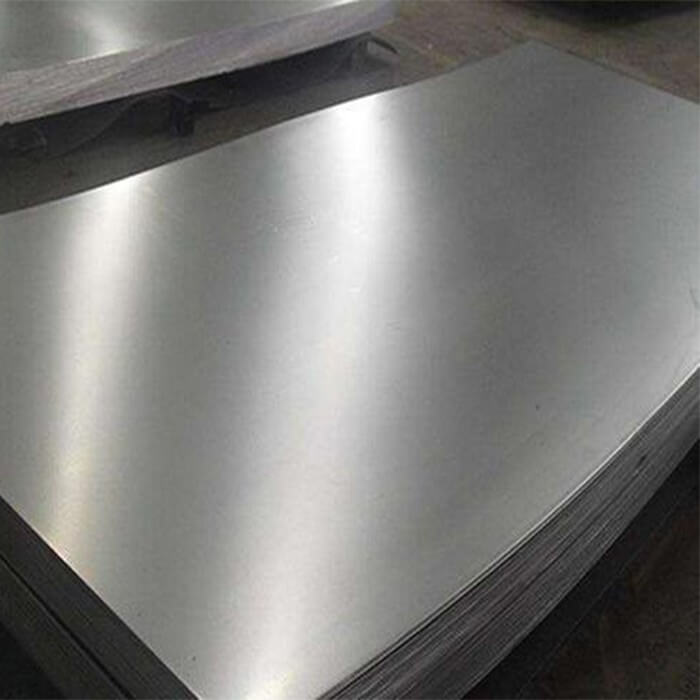2021-12-31
1. The thickness of the galvanized layer of hot-dip galvanized sheet is different from that of electro-galvanized sheet
The amount of hot-dip galvanizing can not be too small, generally the minimum is 50-60g/m2 on both sides, and the maximum is 600g/m2. The galvanized layer of electro-galvanized sheet can be very thin, the minimum is 15g/m2, and the maximum is about 100g/m2. In addition, electro-galvanizing can be galvanized on one side or on both sides, and hot-dip galvanizing must be galvanized on both sides.
2. Hot-dip galvanized sheet and electro-galvanized sheet are fundamentally different in the structure of the coating
There is a slightly brittle compound layer between the pure zinc coating of hot-dip galvanized sheet and the steel strip substrate. When the pure zinc coating crystallizes, most of the spangles are formed, and the coating is uniform and non-porous. The zinc atoms in the electro-galvanized layer are only deposited on the surface of the steel strip, and are attached to the surface of the steel strip by physical action. There are many holes to dry, and it is easy to cause pitting corrosion due to corrosive media. Therefore, the hot-dip galvanized sheet is more resistant than the electro-galvanized sheet. corrosion.

3. The heat treatment process of hot-dip galvanized and electro-galvanized sheets is different
Hot-dip galvanized sheets generally use chilled sheets as raw materials. Continuous annealing and hot-dip galvanizing are carried out on the galvanizing line. The steel strip is heated in a short period of time and then cooled again, and the strength and plasticity will be affected to a certain extent. Electro-galvanized sheet uses cold-rolled sheet as raw material, which basically guarantees the same processing performance of cold-rolled sheet, but its complicated process also increases production costs.
4. Compared with electro-galvanized steel sheet, hot-dip galvanized sheet has the characteristics of thick zinc layer, good corrosion resistance and low production cost.
In the hot-dip galvanizing process, when the steel plate passes through the zinc pot, the zinc liquid is attached to the surface of the steel plate, and the air knife blows off the excess zinc liquid, so it is easy to produce thick-coated steel plates. In recent years, in order to reduce production costs and meet environmental protection requirements, domestic automobile and home appliance companies have gradually replaced electro-galvanized steel sheets with hot-dip galvanized sheets.